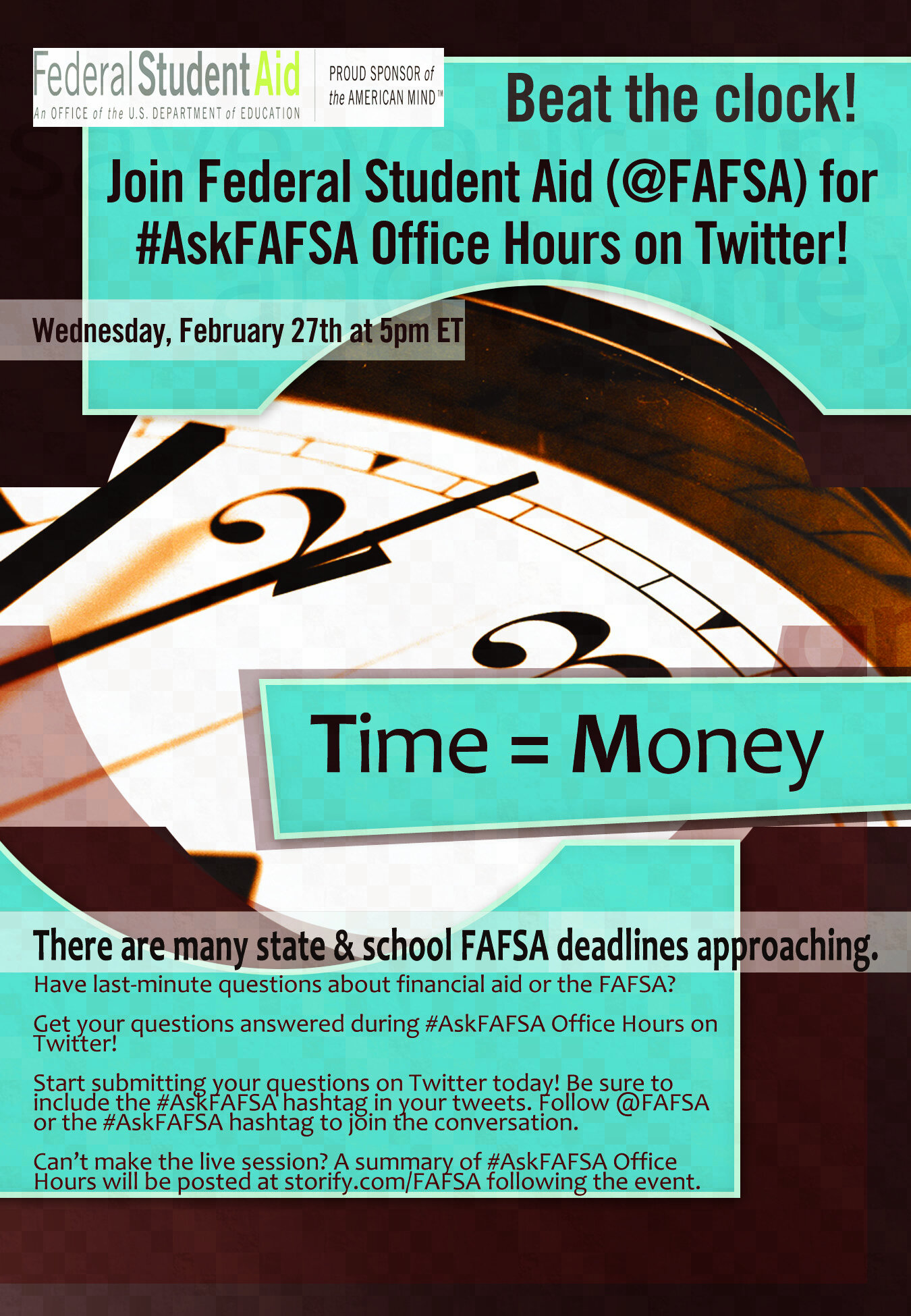What do an Academy Award nominated actor, the first female space shuttle commander, the governor of Hawaii, and the president of the NAACP have in common? All four got their start at a community college.
More and more students are enrolling in
community colleges across the nation, even as media attention focuses mostly on selective four-year colleges. Why are students choosing community colleges, and should you consider a community college as a part of your college search?
The Economic Option
One reason for the growing popularity of
community colleges is their relatively low tuition. Overall, the average cost of public community colleges is less than half the cost of public four-year colleges and about one-tenth the cost of private four-year colleges.
"Community college is a way for students to afford college without accumulating huge debts," says a Massachusettes independent counselor. "Two years at a community college are fairly inexpensive, so the total cost for a full four years is relatively low."
As a result, students who spend two years at a community college and then transfer to a four-year college spend less money for the same bachelor's degree as their classmates.
The Associate's Degree Option
Of course, the two-year associate's degree is a goal in itself for many community college students. Community colleges offer a wide variety of programs that train students to work in specialized fields, such as dental hygiene, computer technology, nursing, and culinary arts.
"The push for everyone to go to a four-year college ignores the fact that not everyone is suited by talent or interest to spending four years studying many of the same subjects they hated in high school," the counselor says. "In two years, students can get training for a fulfilling and well-paying career."
The Transfer Option
For students who want the four-year degree, community colleges work with four-year colleges to make sure that students can make a smooth transfer. (You might even be able to complete your bachelor's degree through another college but at the community college.) Most community colleges maintain transfer or "articulation" agreements with a number of four-year colleges. These agreements map out exactly which community college courses will transfer to a specific four-year college. They may even guarantee admission as a junior to students who fulfill certain course work and grade requirements. For more information on whether the community college you're considering has articulation agreements with the four-year colleges that interest you, talk to an academic advisor at the community college.
Some students use their two years at community college to improve their chances of getting into a more selective four-year college.
"Almost no colleges will look at your SATs or high school grades after you complete community college," notes New Jersey counselor. Instead, you will be measured by your performance at the community college. This is good news for students with less-than-stellar high school records.
"Community college offers an opportunity to prepare for a bachelor's degree program at a college you might have been unable to be accepted to out of high school," another New Jersey counselor says.
The Flexible Option
Most community colleges cater to students of all ages and backgrounds. As a result, you'll often find more options in class scheduling, including evening and weekend classes. Distance learning is also one of the strengths of community colleges, with a variety of courses offered online, by correspondence or by other alternative methods (such as "telecourses").
An Option for You?
Community colleges can have some drawbacks for students who want the residential college experience. The majority of community colleges do not offer dorms (although you can find some that do), and many community college students have full-time work or family obligations. As a result, you may not find the same breadth or depth of social options and extracurricular activities that you would at a traditional four-year residential college. On the other hand, community college often provides a more supportive learning environment, with smaller class sizes and an emphasis on academic and career counseling, than do larger universities.
As with all college decisions, make sure to research the specific community colleges that interest you. Like their four-year counterparts, each community college is unique, and you must decide for yourself which colleges may be right for you.
But don't automatically cross community colleges off your list. After all, they were right for actor Dustin Hoffman (Santa Monica College); the first female space shuttle commander, Eileen Collins (Corning Community College); former Hawaii Governor Benjamin Cayetano (Los Angeles Harbor College); and a former president of the NAACP, Kweisi Mfume (Baltimore City Community College).
To learn more about the Community Colleges in your area, simply complete a "Google Search," and contact an admission professional within the college directly.


